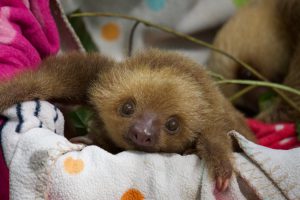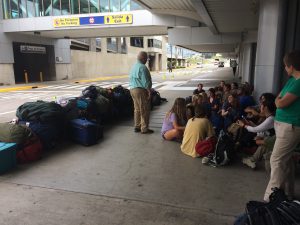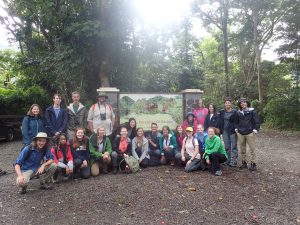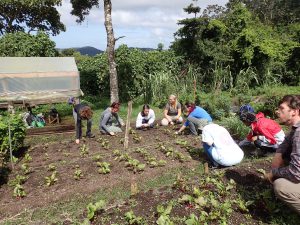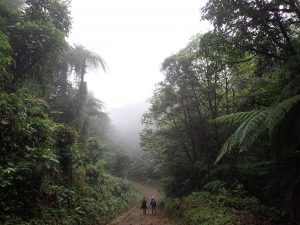While on our trip through the lowlands of Costa Rica, our group had the opportunity to visit the Jaguar Rescue Center (JRC) in Cahuita. JRC is a rehabilitation center for injured animals found in the area or by citizens. Their main goal is to rehabilitate and release the animals back into their native habitat which is actually so cool because their main purpose really isn’t to have a “petting zoo.” Anyone that pays the park entrance fee is supporting the betterment of Costa Rica’s natural environment rather than paying to remove animals from their habitats.
The first animal we saw was a croco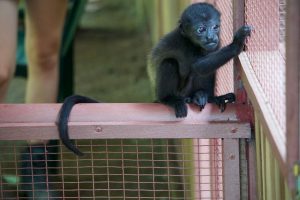 dile that had been found near death at a local beach. Fortunately someone called the police, and the crocodile was rushed to JRC for treatment. We also got to see baby sloths, the cutest animals on earth, and they had a jungle gym set up for the sloths to practice climbing around on. They painted the nails of the slo
dile that had been found near death at a local beach. Fortunately someone called the police, and the crocodile was rushed to JRC for treatment. We also got to see baby sloths, the cutest animals on earth, and they had a jungle gym set up for the sloths to practice climbing around on. They painted the nails of the slo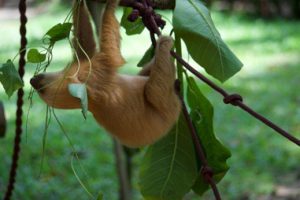 ths, so when they start reintroducing the sloths into the surrounding forest it’s easier for the volunteers to spot them in the canopy while they’re doing check-ups. Since most of the workers are volunteers, the painted nails also help them identify the sloths correctly since they can be difficult to distinguish.
ths, so when they start reintroducing the sloths into the surrounding forest it’s easier for the volunteers to spot them in the canopy while they’re doing check-ups. Since most of the workers are volunteers, the painted nails also help them identify the sloths correctly since they can be difficult to distinguish.
After the baby sloths, the naturalist brought us to the ocelot exhibit. The ocelot is an absolutely incredible big cat found in South and Central America. However, it is a pest to many farmers in Costa Rica because ocelots like to break into hen houses and eat the chickens. JRC and the Costa Rican government have tried to prevent farmers from killing the ocelots by offering a reward for reporting the animal. Recently, a farmer called JRC and asked them to help him build a fence around his chickens to stop the ocelot from breaking in, so they sent him the funds to build it.
When we first realized that the Jaguar Rescue Center didn’t have jaguars some of us were upset, but eventually we realized that it’s actually so amazing that they don’t! Many zoos will intentionally remove animals from their habitats so more people will visit, but JRC only removes animals who will benefit from the medical care they can offer or are unable to survive in the wild anymore. Visiting the Jaguar Rescue Center was an amazing and educational experience, and the volunteers were so knowledgeable and passionate about their job.
If you want to learn more about their story or feel inclined to donate, you can visit their website: http://www.jaguarrescue.foundation
Jessie Motes


